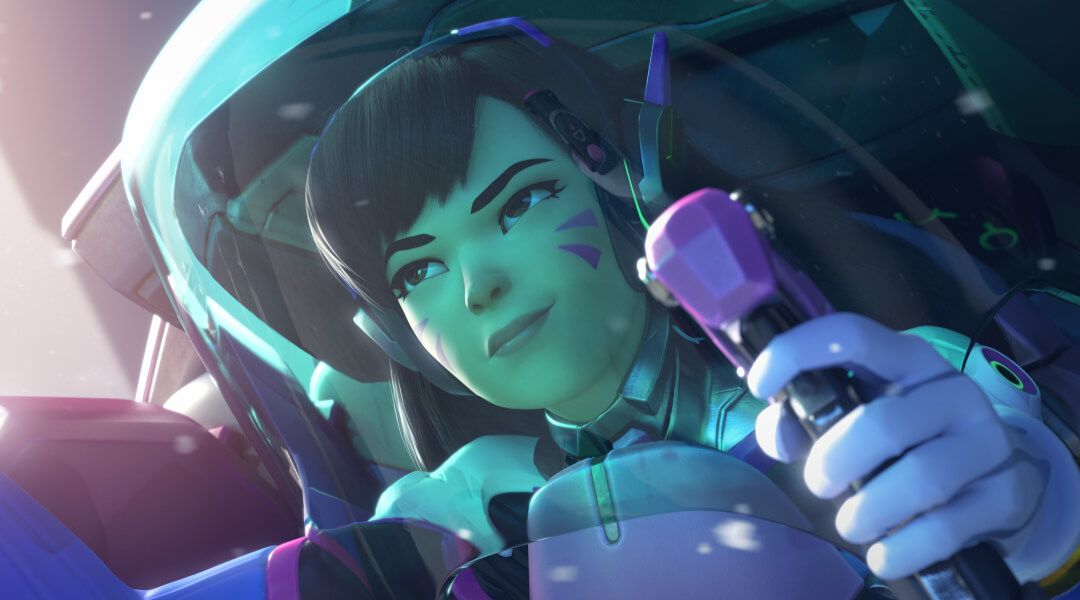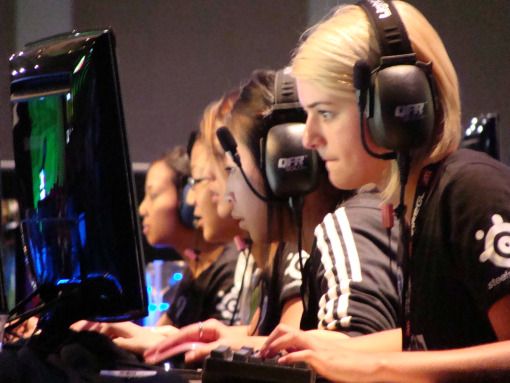Game analytics company Quantic Foundry's co-founder Nick Yee publishes an in-depth statistical study that reveals the most popular video game genres for women.
It has often been the popular mindset that the overwhelming majority of video game players and gaming enthusiasts are men. However, as recent years' analytic studies and upswings in mainstream women gamers have shown, roughly half of all game players are women. This figure comes from a previously-published Entertainment Software Association study that pins the women gamer proportion at 41% as of 2016. Many have taken note of the ever-increasing number, including game analytics company Quantic Foundry, in hopes to find out more.
Earlier this week, co-founder of Quantic Foundry Nick Yee published a statistical analysis study that dives a bit deeper into the facts and figures behind women gamers. The study revealed the most popular video game genres for women based on a survey of 270,000 active gamers worldwide. What was detailed in Yee's report was not entirely surprising, but the concrete figures were undoubtedly interesting.
Using a Quantic Foundry-created data collection tool known as the Gamer Motivation Profile, Yee was able to question the women participating in the study based on 12 "motivations," including fantasy, completion, community, power, and discovery. Yee's study reveals that women gamers account for nearly 70% of the audience in family/farm simulation games and in match 3 games.
Atmospheric exploration titles and puzzle games, like Monument Valley, come in close behind -- women gamers make up about half of these genres' audience. Additionally, multiplayer games such as 2016's smash hit Overwatch catch women gamers' attention, as do interactive dramas. The Quantic Foundry study also mentioned that nearly a quarter of World of Warcraft players are women.
Unsurprisingly, the percentages drop in more male-catered genres like tactical shooters, racing games, MOBAs, and grand strategy games. The decrease in women audiences in these genres might be explained, at least in part, by the study's 12 motivations. Yee explains, "The differences in primary motivations between male vs. female gamers seem to underlie the current genre findings." The study details that women gamers are most motivated by completion and fantasy, where men look to competition and destruction -- key differences across game genres.
But which genre came in dead last? Sport games at a mere 2%, indicating that the genre has "the smallest proportion of female gamers" of every genre included in Yee's findings. However, Yee made clear the distinction on interpreting the percentages present in the report: "The percentages listed refer to the proportion of gamers within each genre that are female."
As female gamers have seen in the past, they are more susceptible to harsh backlash, regardless of which genre of game they prefer. A 2015 study revealed that bad gamers are more impolite to female opponents, often using slurs and negative statements to undermine their performance. Pair this with the fact that the average video game character is male, and it seems change in the future is needed.
The findings of Quantic Foundry's study may help spark conversation on how game developers and publishers can attract the attention of more women gamers in the future. Likewise, it could spur a more aware gaming audience in acknowledging and respecting the large percentage of women who play games regularly.


